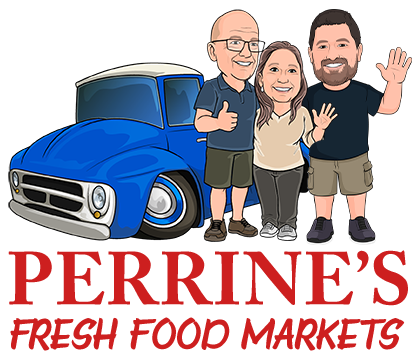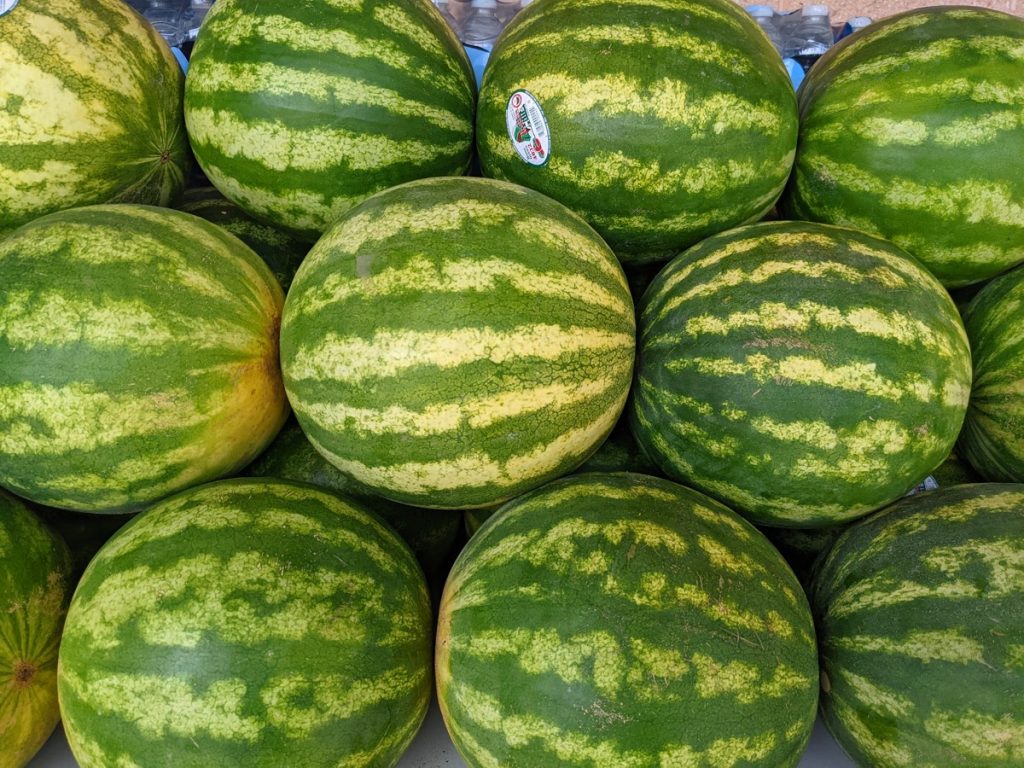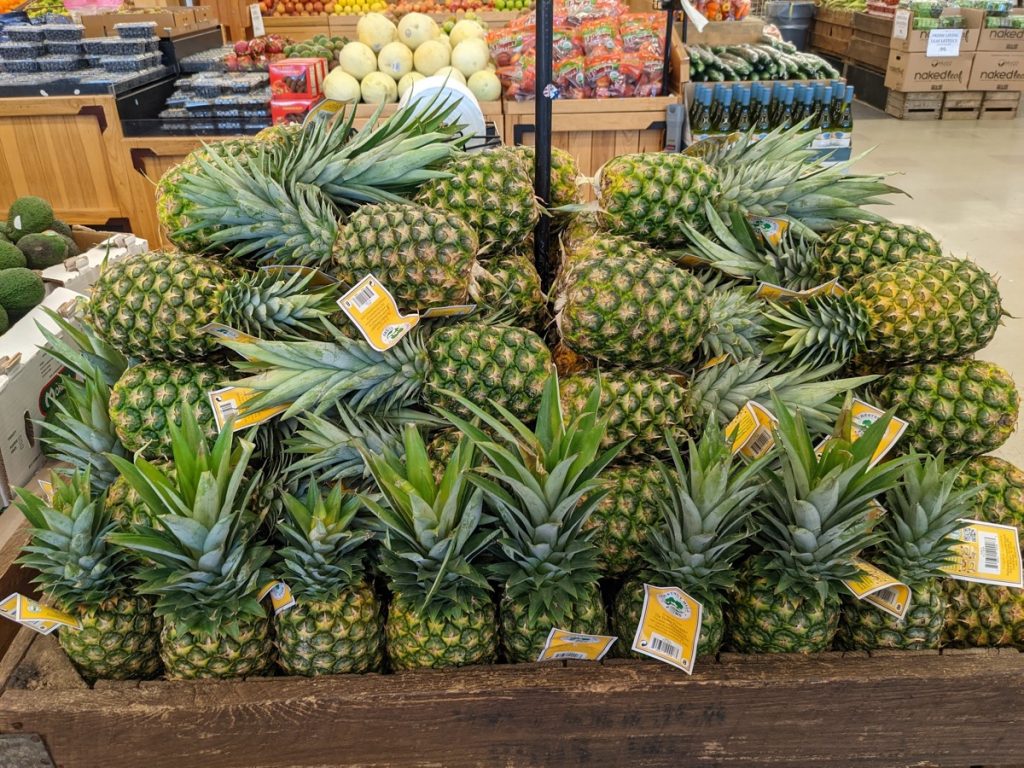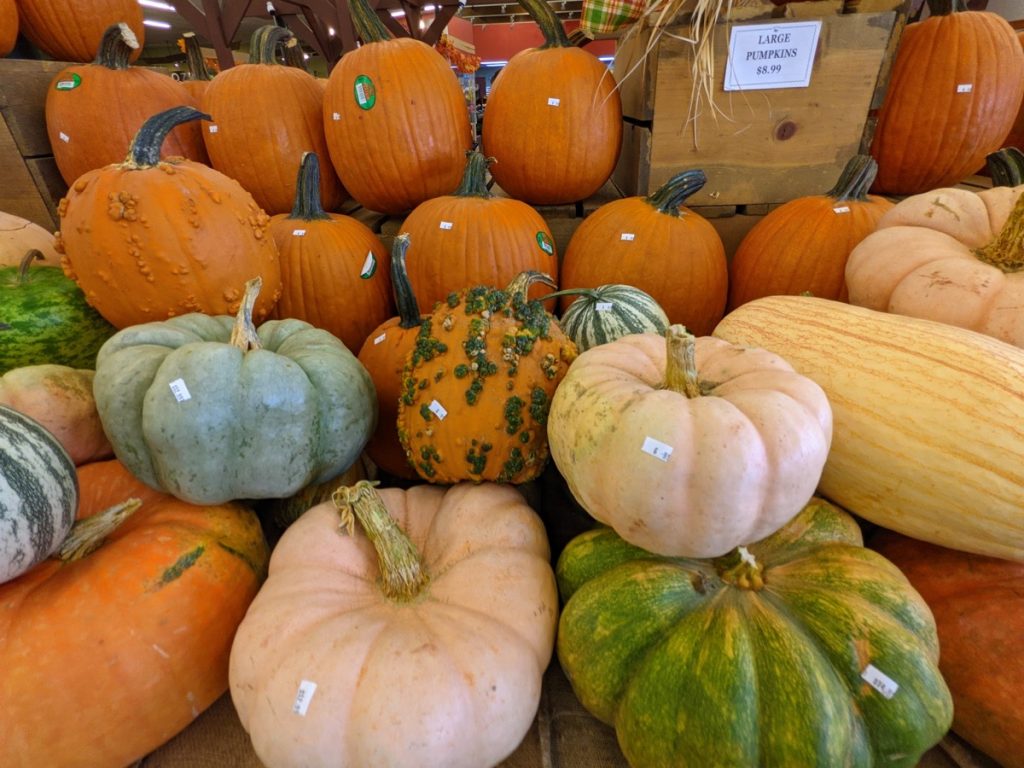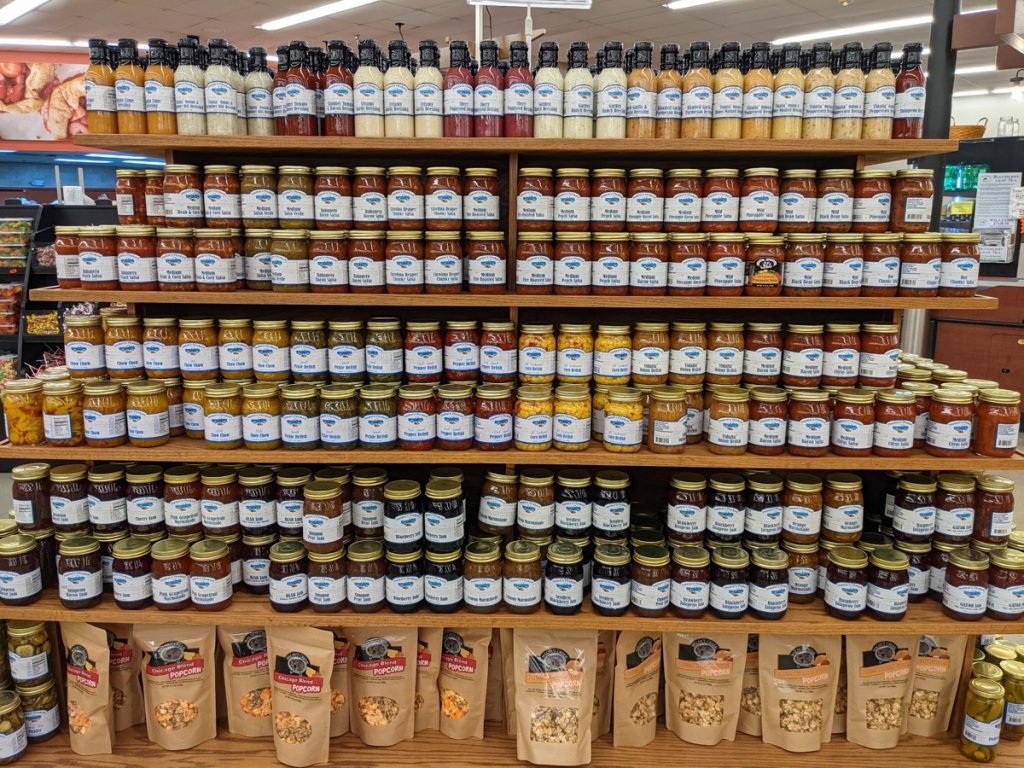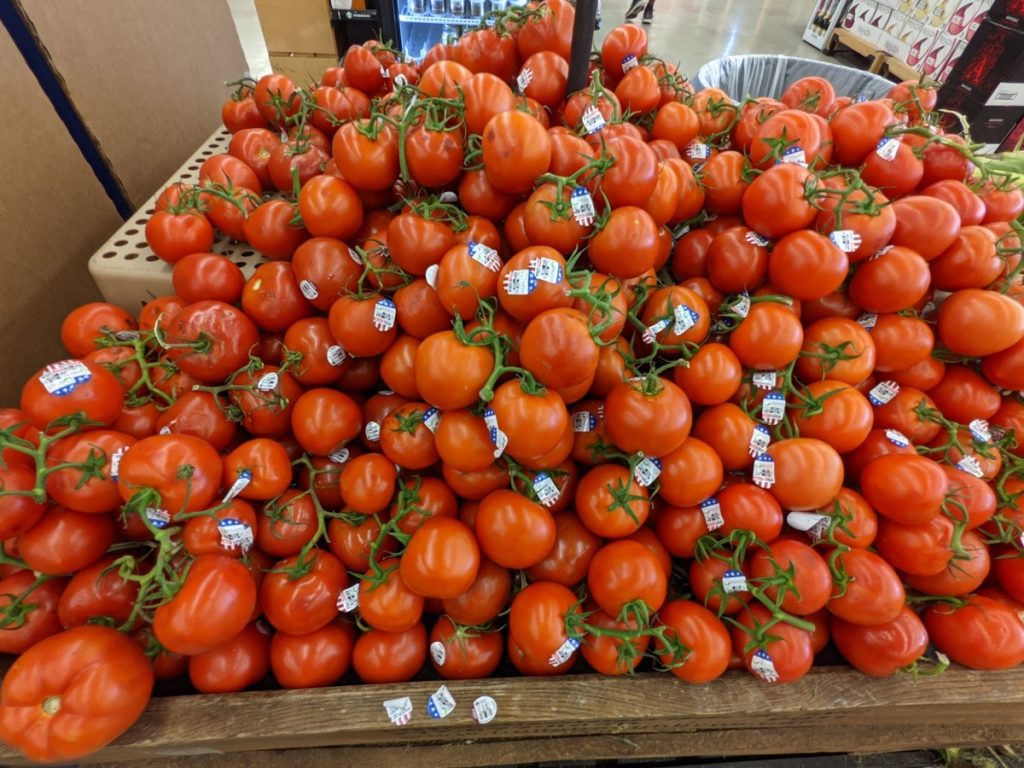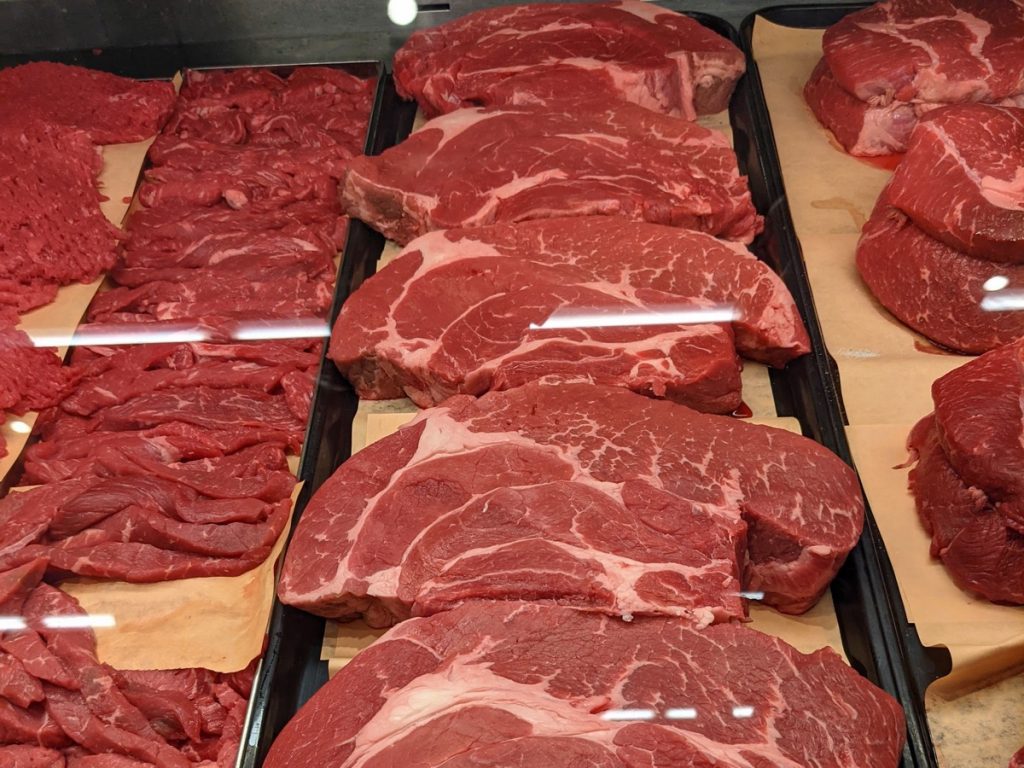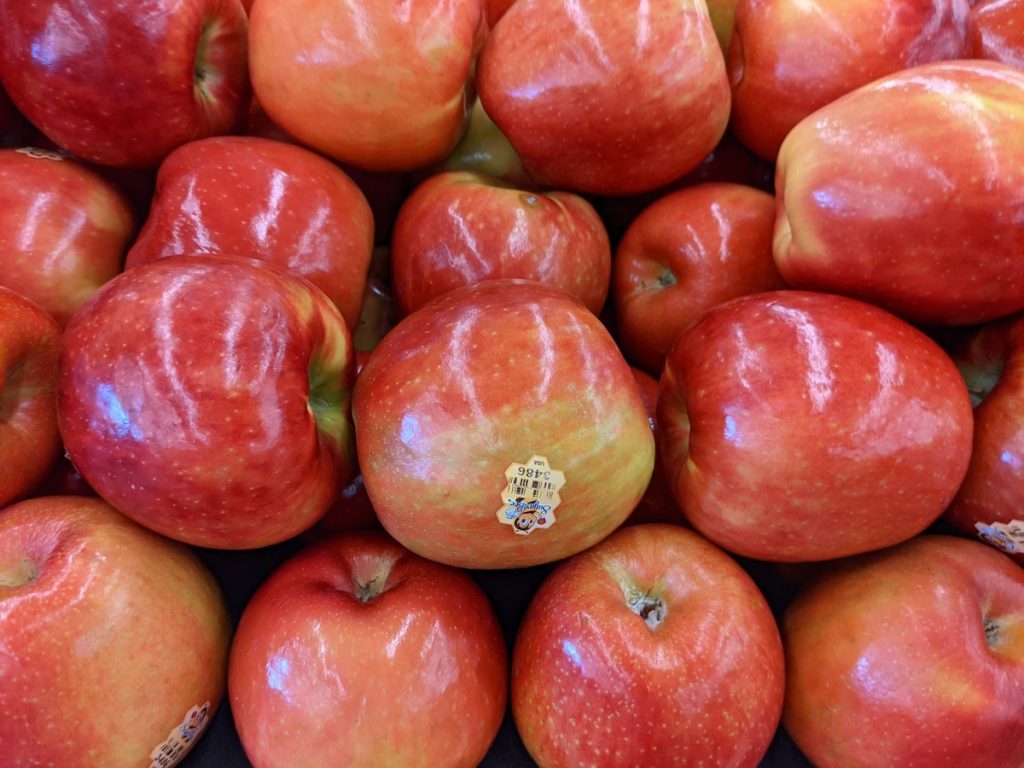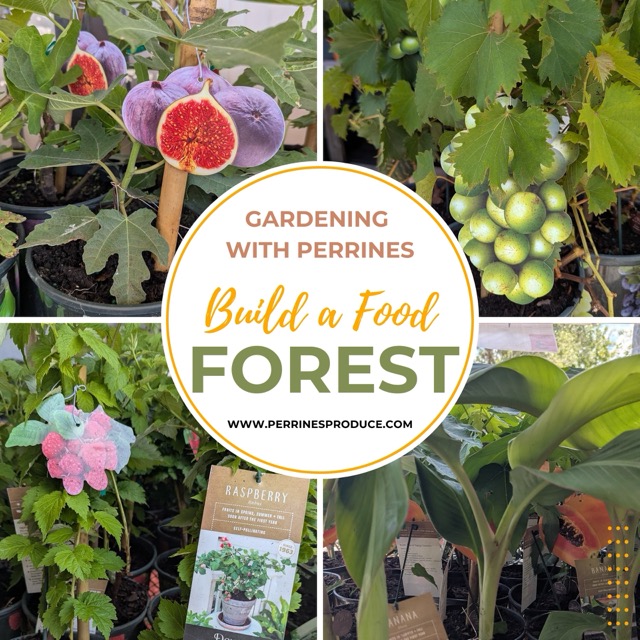
Building a Food Forest
Picture this: you step into the backyard and pick baskets of figs, bananas, and berries. That is the heart of a food forest, a layered Florida friendly landscape that feeds your family, supports wildlife, and looks gorgeous year round.
What Is A Food Forest?
A food forest stacks life in layers: tall trees, small trees, shrubs, vines, groundcovers, roots, and herbs. Each layer plays a role: shade, mulch, nutrients, pollination, and of course food. Done right, it becomes lower maintenance over time and more abundant each season.
Start With These Local All Stars
Fruit Trees and Small Canopy
- Fig – Quick to produce and perfect for smaller yards
- Mulberry – Fast growing and generous with spring berries
- Loquat – Evergreen, fragrant blooms, tangy fruit in late winter and early spring
- Persimmon – Sweet fall harvests and great backyard shade
- Banana and plantain – Lush foliage and clusters of fruit that love our heat
- Papaya – Lightning fast from seedling to fruit
Shrubs and Berry Producers
- Blackberries – Reliable, abundant, and simple to trellis
- American Beautyberry – Native shrub with purple berries that birds adore
- Elderberry – Great for syrups and thrives in moist spots
- Chickasaw Plum – Early white blossoms for pollinators and tart fruit for jelly
Vines, Ground covers, and Perennial Greens
- Muscadine Grapes
- Native vines that shine on arbors and fences
- Passionfruit Exotic blooms, tasty fruit, butterfly magnet
- Okinawa Spinach, Katuk, Chaya, Cuban Oregano Perennial greens that also act as living mulch
Soil Builders and Support Crew
- Wax Myrtle – Boosts soil fertility and shelters wildlife
- Yaupon Holly – Native evergreen with deep cultural roots in Florida
- Firebush and Native Wildflowers – Nectar hubs that increase fruit set across the garden
A Simple Seven Layer Starter Plan for a 10 by 15 ft space
- Small canopy one fig in the center back
- Understory one loquat or persimmon in the front left
- Shrubs two blackberries and one beautyberry
- Vines one muscadine on a fence or arch
- Herb layer katuk and Cuban oregano along paths
- Groundcover sweet potato or peanuts for living mulch
- Root layer turmeric or ginger tucked in the shadiest pockets
Tip: Plant bananas in a wet corner with elderberry and taro if you enjoy edible roots. Add a thick ring of mulch and refresh it often.
Planting and Care Made Local
- Best planting push late summer into fall is prime. September is a sweet spot for getting perennials established.
- Mulch like a pro three to six inches of chipped wood or leaves keeps roots cool and feeds the soil. Keep mulch a few inches off trunks.
- Irrigation rhythm deep, infrequent soaks beat daily sprinkles. Young trees appreciate a slow hose trickle at the drip line.
- Salt and sand savvy along the coast, choose tolerant plants such as loquat, fig, and beautyberry and build soil with steady mulch and compost.
- Prune for people first shape trees for easy picking and airflow. With bananas, remove older stems after harvest and feed the clump.
A food forest turns a yard into a living pantry. Start small, plant what you love to eat, and let the layers build. With figs, blackberries, bananas, loquats, mulberries, and a crew of helpful natives, Volusia County backyards can overflow with flavor with no complicated upkeep required.
